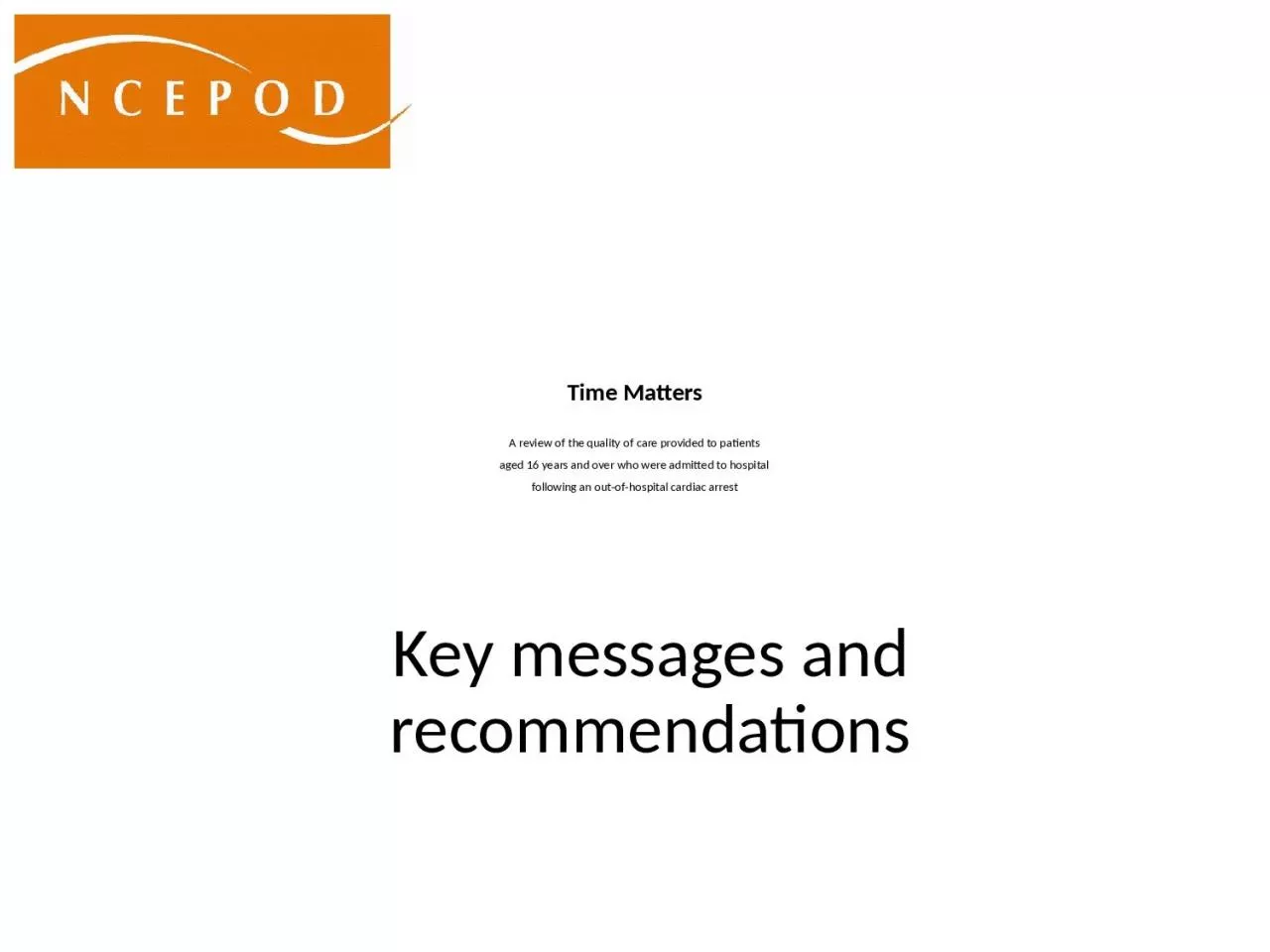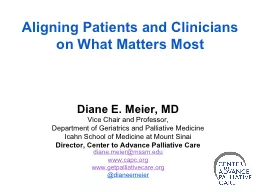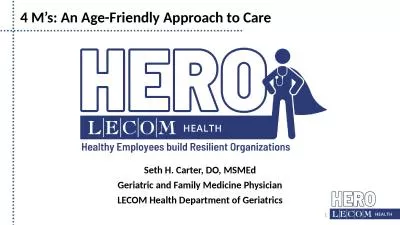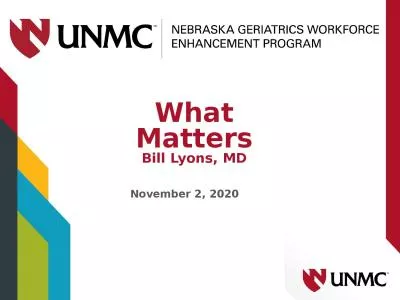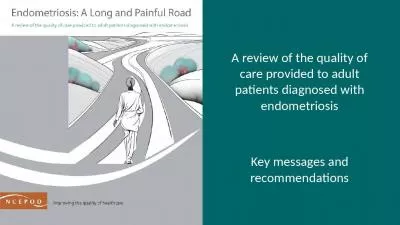PPT-Time Matters A review of the quality of care provided to patients
Author : eve | Published Date : 2024-01-29
aged 16 years and over who were admitted to hospital following an outofhospital cardiac arrest Key messages and recommendations A review of the quality of care provided
Presentation Embed Code
Download Presentation
Download Presentation The PPT/PDF document "Time Matters A review of the quality of ..." is the property of its rightful owner. Permission is granted to download and print the materials on this website for personal, non-commercial use only, and to display it on your personal computer provided you do not modify the materials and that you retain all copyright notices contained in the materials. By downloading content from our website, you accept the terms of this agreement.
Time Matters A review of the quality of care provided to patients: Transcript
Download Rules Of Document
"Time Matters A review of the quality of care provided to patients"The content belongs to its owner. You may download and print it for personal use, without modification, and keep all copyright notices. By downloading, you agree to these terms.
Related Documents

